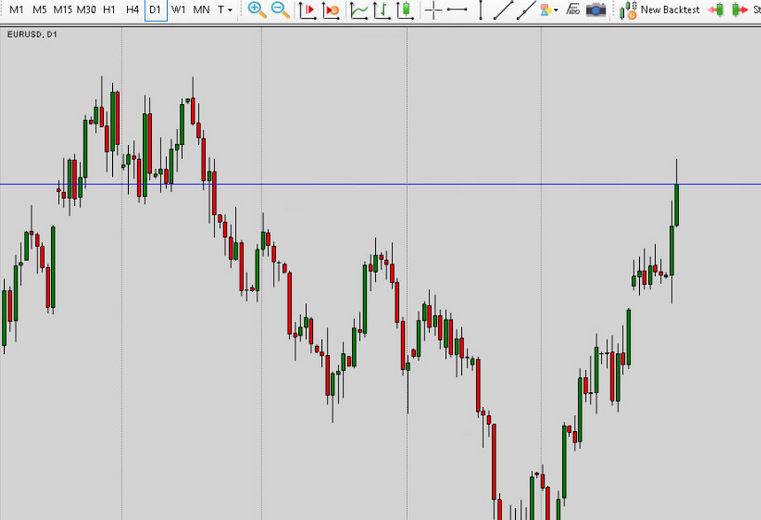In backtesting, a strategy or concept is tested for past profitability manually or systematically. To determine if a trading strategy shows promise and profitability in several markets, a trader can backtest a strategy manually or with backtesting software.
This article will focus on manual backtesting since backtesting does not always require software and can be done by any trader. Due to the capabilities of many online trading platforms, it is possible to test automated software using a free demo trading account. It is still important to consider risk management tools since there are no guarantees.

What is backtesting?
Based on historical data, backtesting can determine how well a trading strategy or analytical method would perform. The development of an effective trading strategy relies heavily on this component. Strategy possibilities are endless, and any slight change will change the results. Hence, backtesting is crucial since it can determine whether certain parameters are more effective than others.
Are there any backtest indicators?
For backtesting, technical indicators are useful because they provide specific readings at a particular time. The relative strength index (RSI), for example, is extremely specific when it moves above 25 daily after being below it. If the trade is taken at the following open, this signal can easily be tested, assuming that the exit is also very precise.
It is possible to include backtest indicators that can trigger an entry or exit for a trade based on levels or signals. As a result, it helps avoid confusion about when to take the trade, which is usually an objective period following the signal. Many trading platforms offer various technical indicators to backtest a trading strategy or model. Indicators such as Donchian Channels, Ichimoku Clouds, and Heikin Ashi are popular for backtesting.
What is the best strategy?
There is no definitive ‘best’ trading technique for financial markets. Your trading style, overall goals, and experience level will determine your best backtest strategy.
Intraday backtesting
Day traders can manually backtest intraday charts if they are interested in learning how to trade. Simple backtests involve looking at one-minute and five-minute chart timeframes of the asset being traded, for example. Adding up the profits and losses from prior trades based on that strategy would give you an idea of how much profit was produced that week.
Backtesting vs forward testing
Backtesting involves finding trades based on historical data to evaluate a strategy’s future performance, while forward testing involves simulating live trading conditions and “paper trading” strategies. The trader must monitor the market constantly, taking advantage of any signals that appear as the market moves.
Backtesting aims to determine if a strategy is likely to yield profits, while forward testing is intended to confirm or refute this claim. In addition, forward testing takes longer because it must be performed in real-time. A trader can assemble years’ worth of historical trades in a single day by backtesting instead of trading every day as it comes.
A strategy’s performance in the real world and the past can be studied together through backtesting and forward testing.

Bottom line
Performing manual backtests in forex is the same as in other financial markets. Due to the 24-hour nature of the forex market, you must make sure to backtest during times of day when you can trade. You can unlikely obtain reliable information from backtesting a forex strategy over a month unless you use all of the available hours every day. It is important to consider when you will be able to trade before you begin your backtest. You may be able to enter trades only for three hours. Backtesting in forex requires only recording entries and the profits and losses they entail during the trading period.


